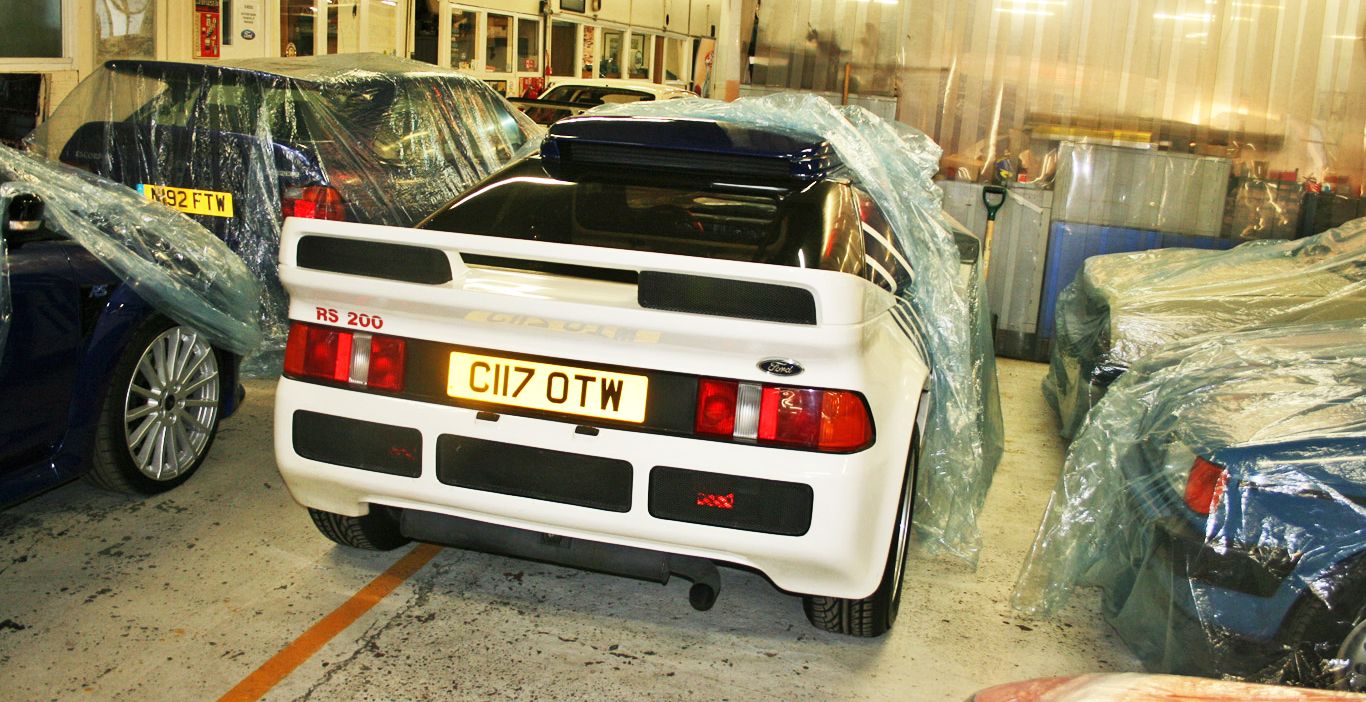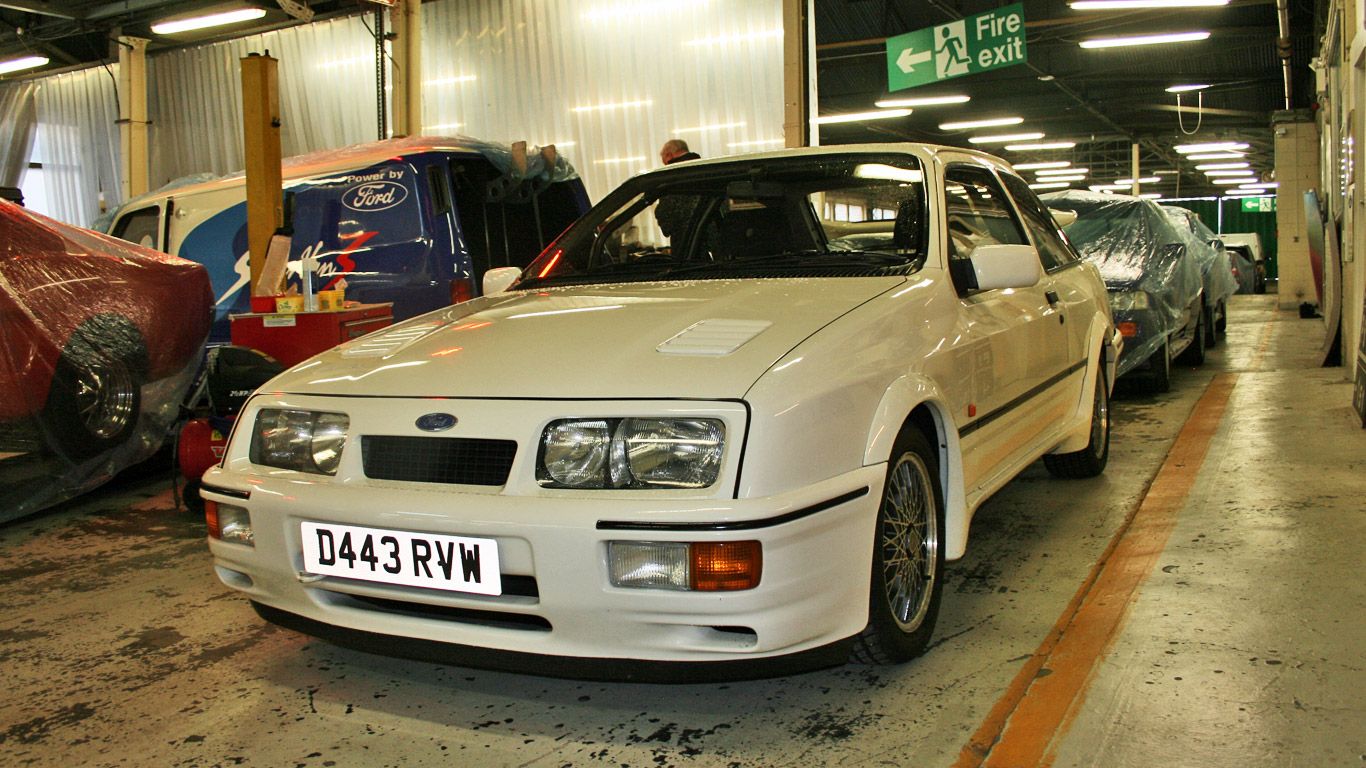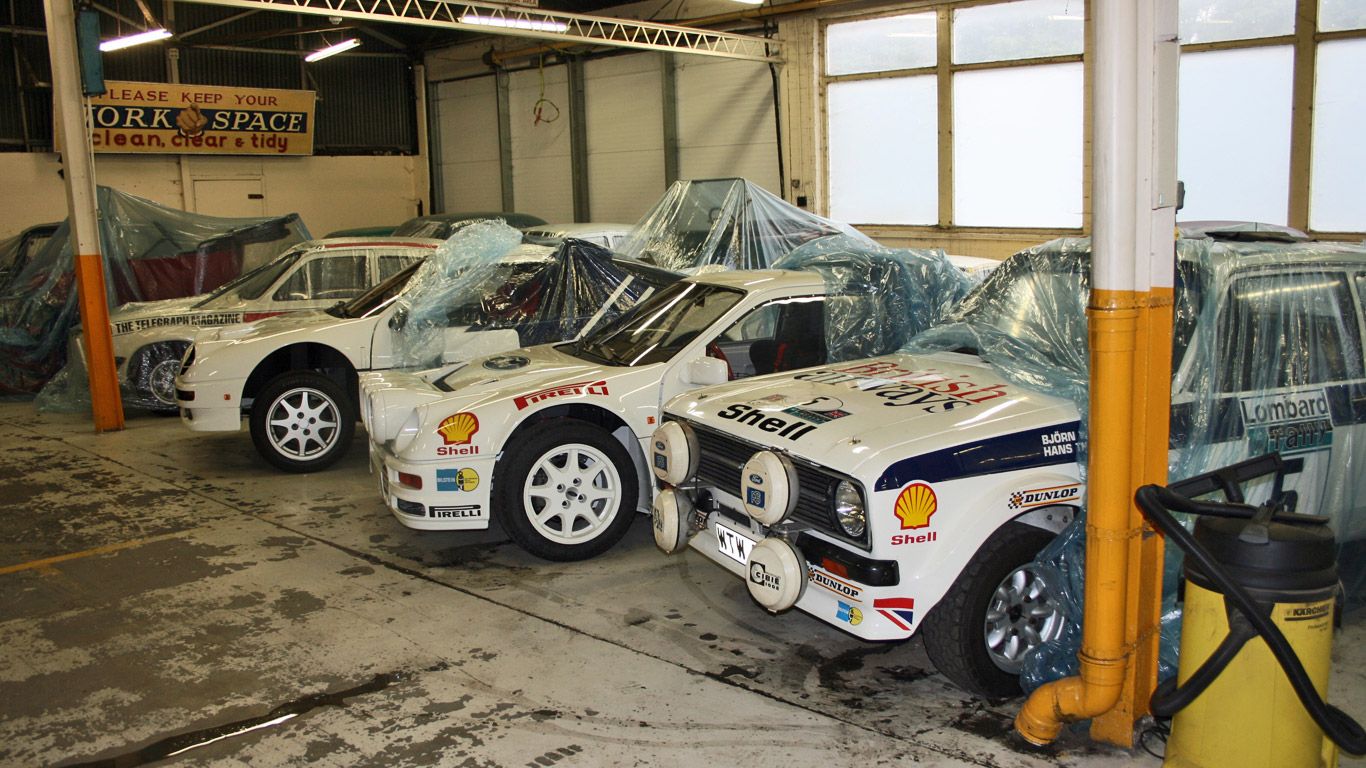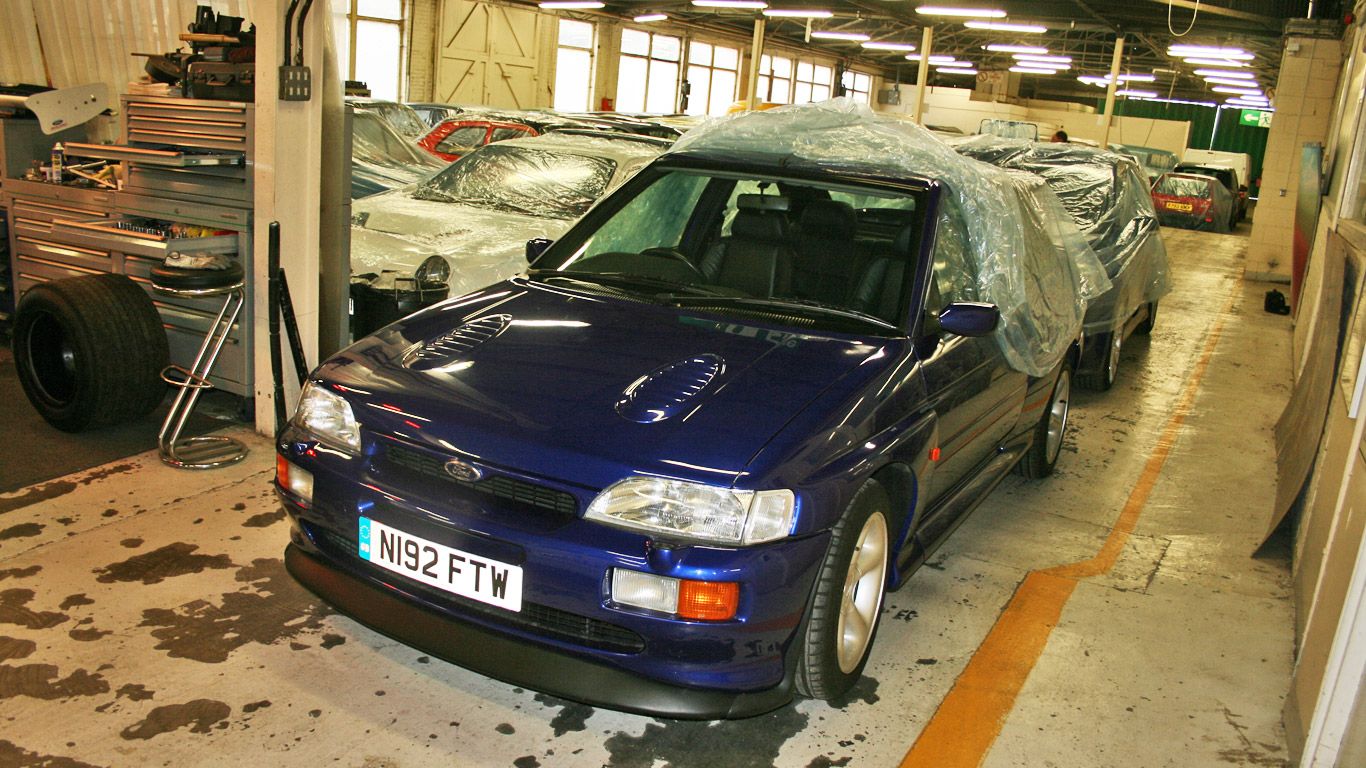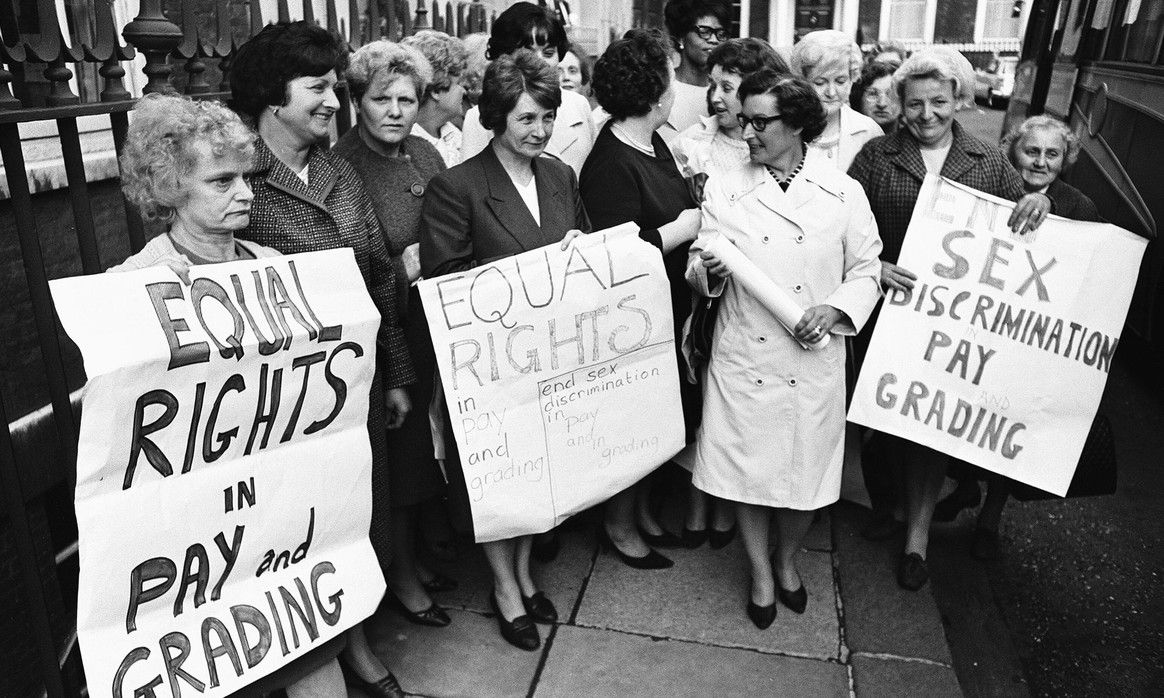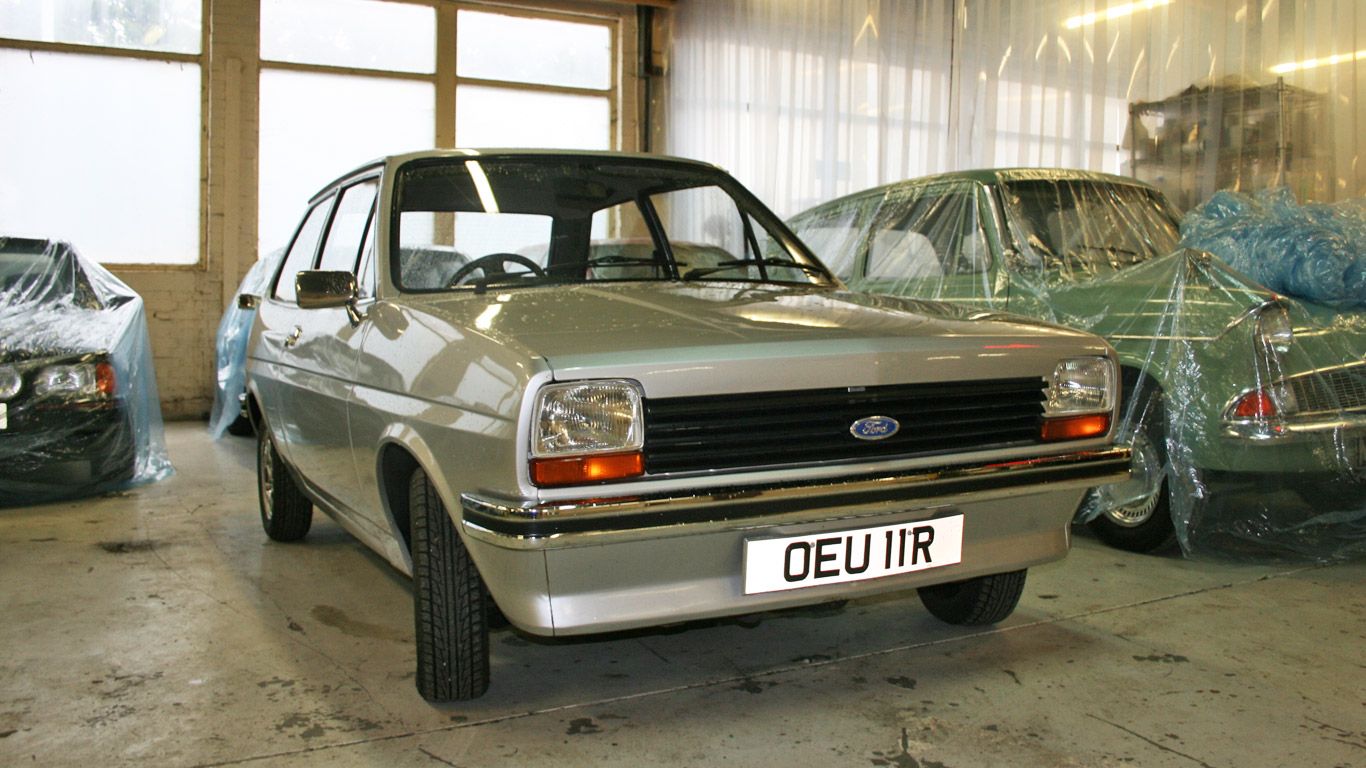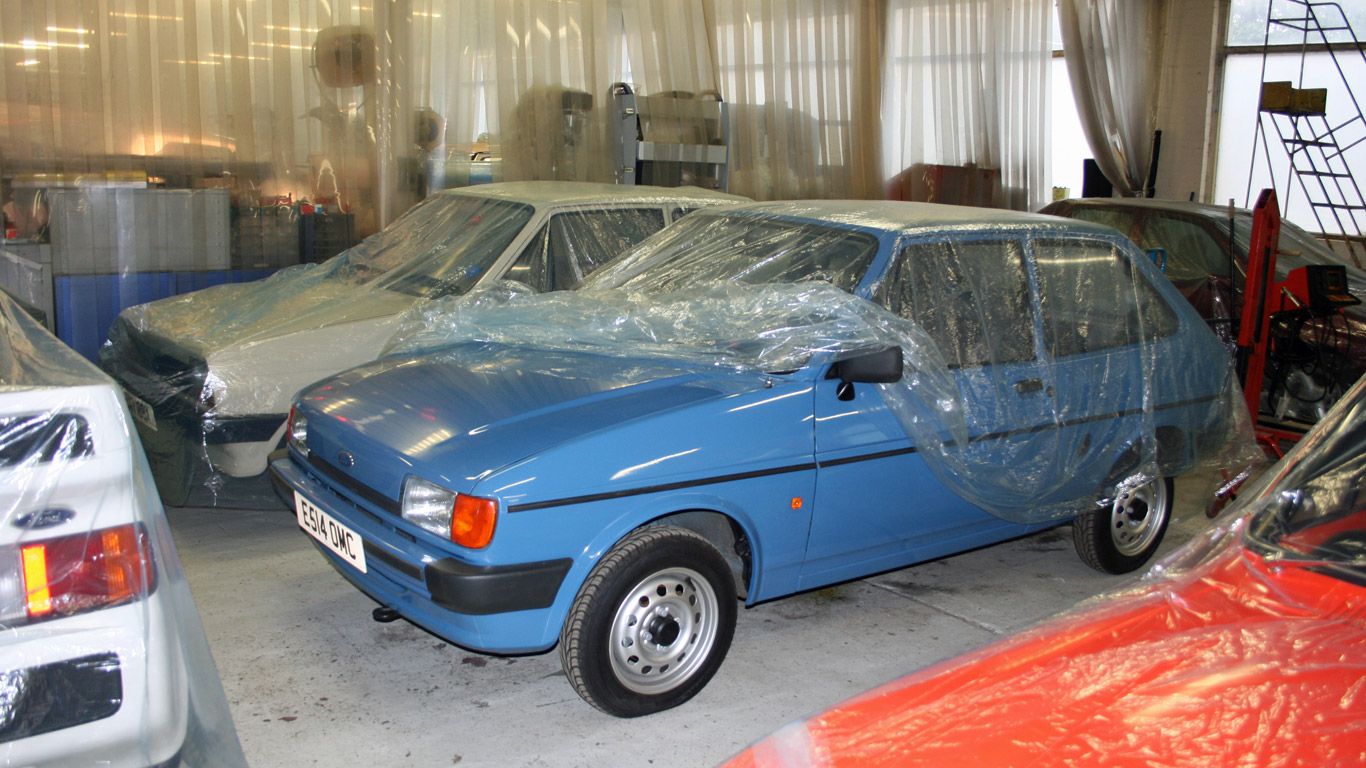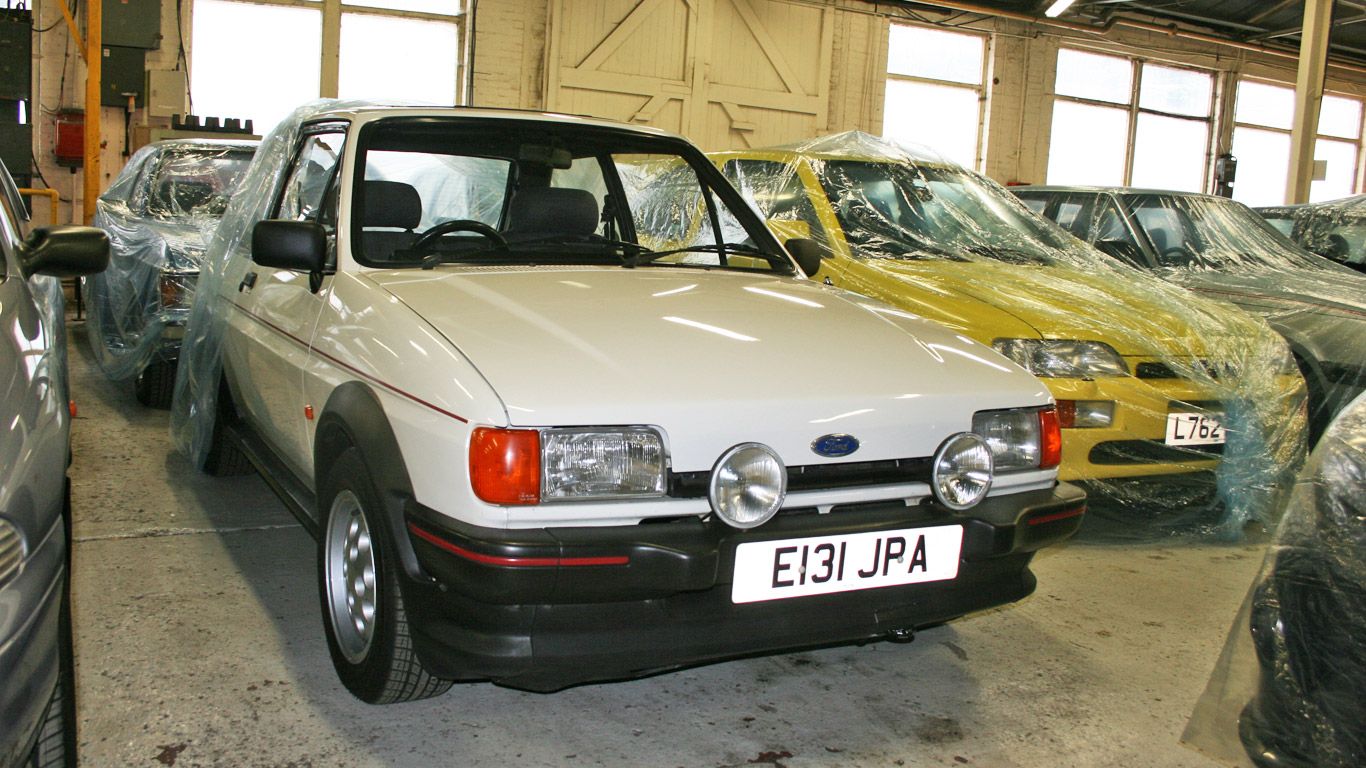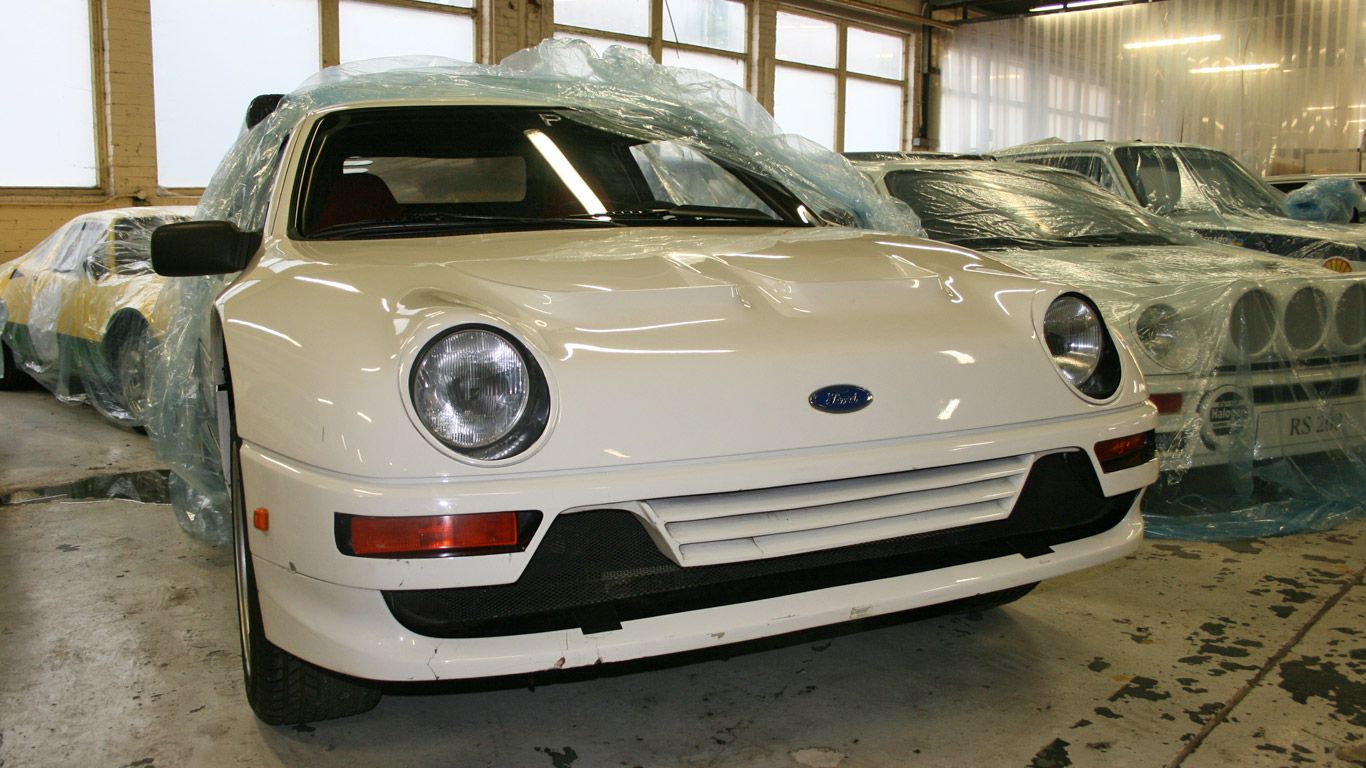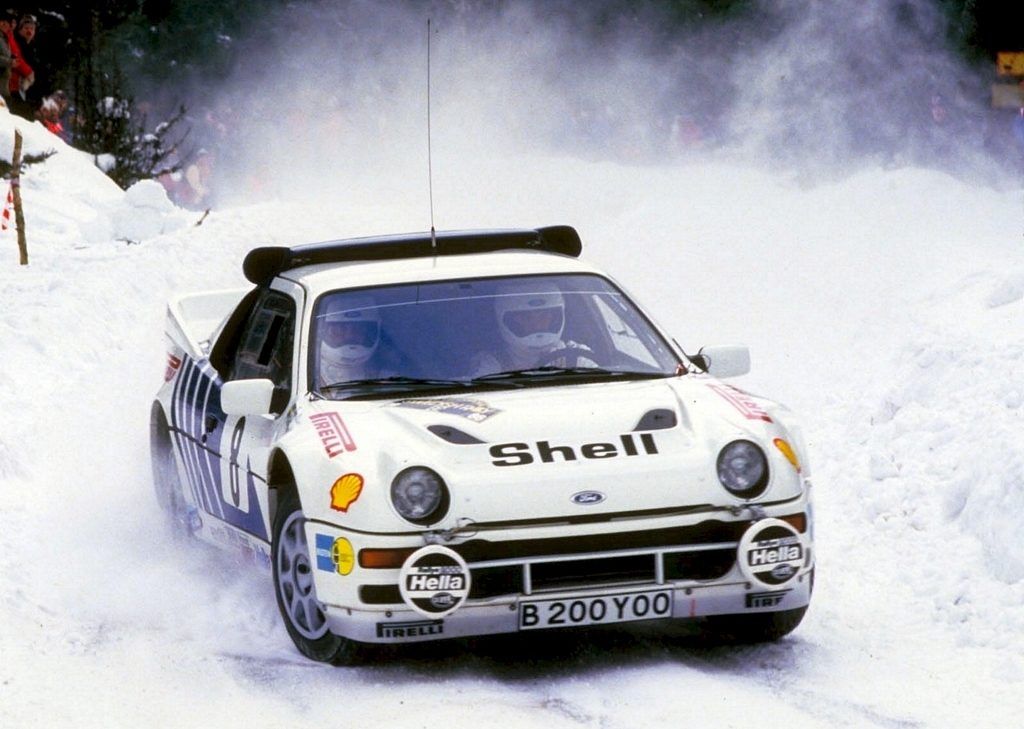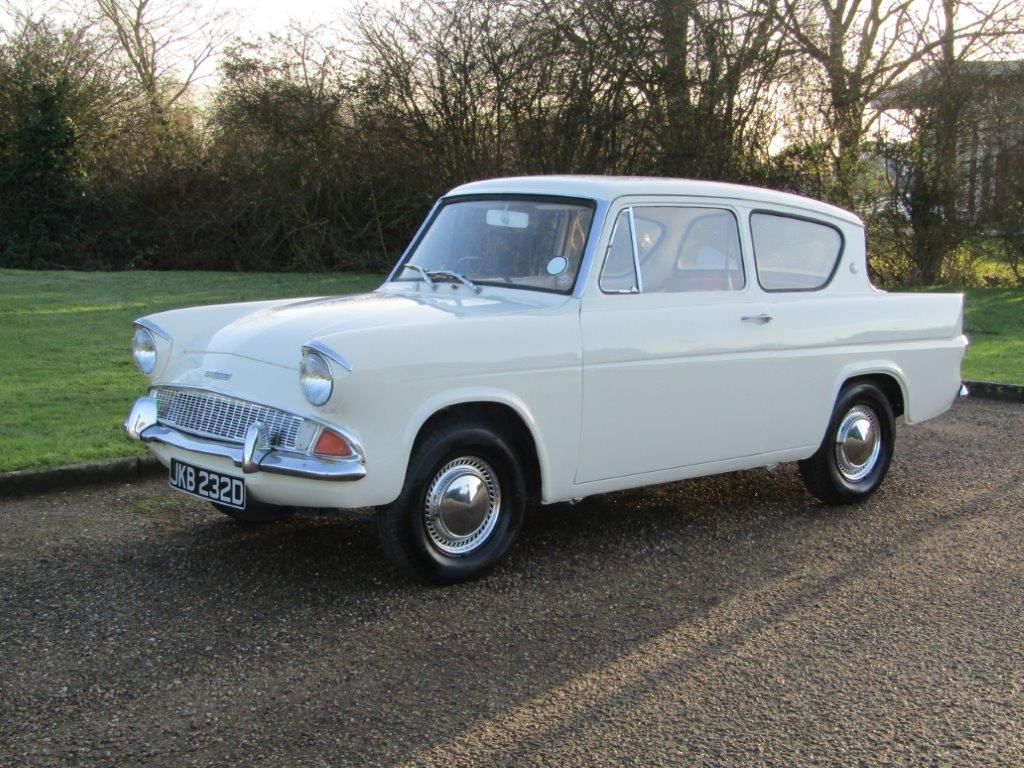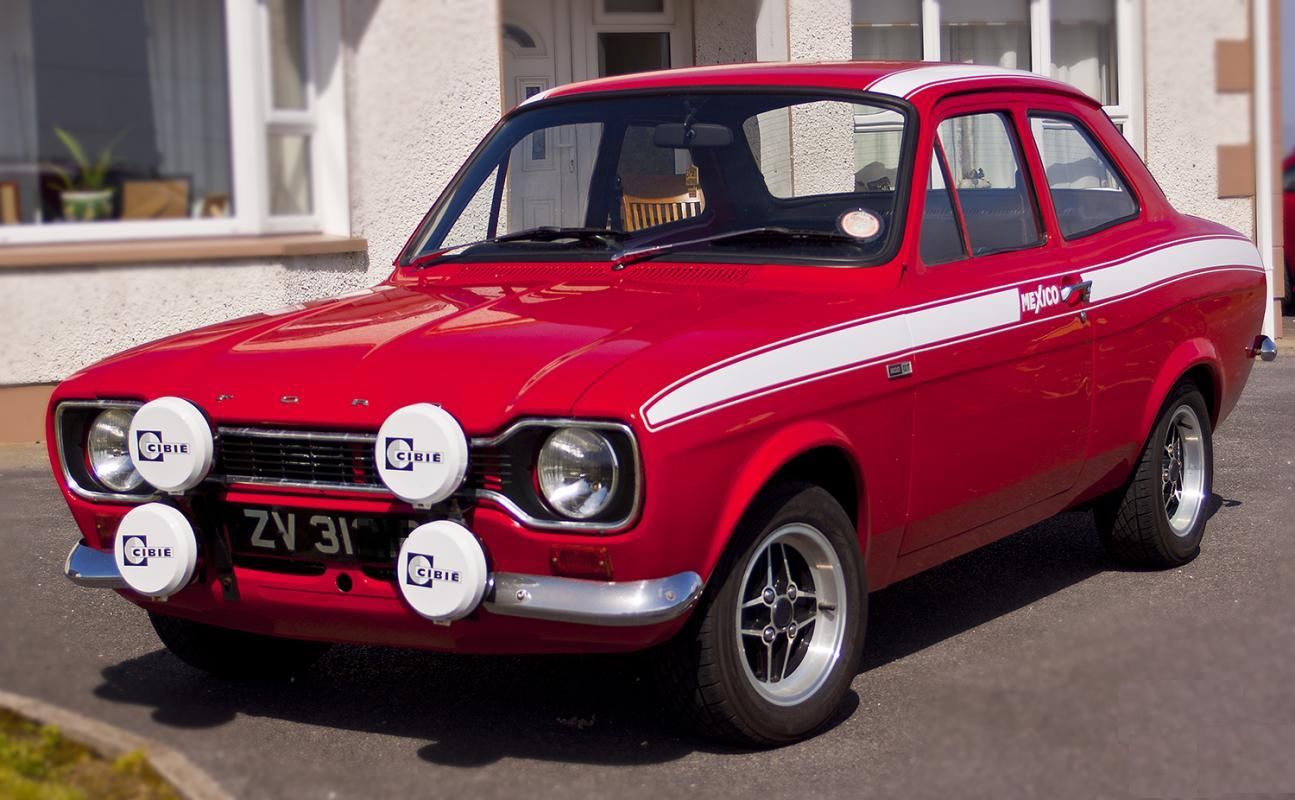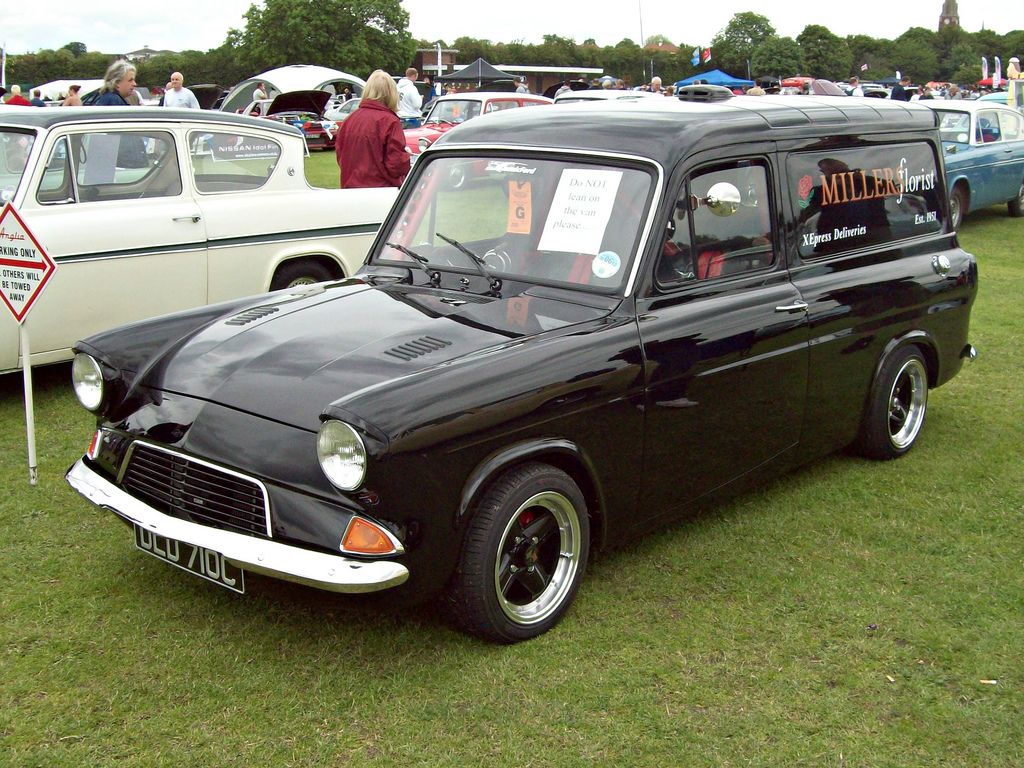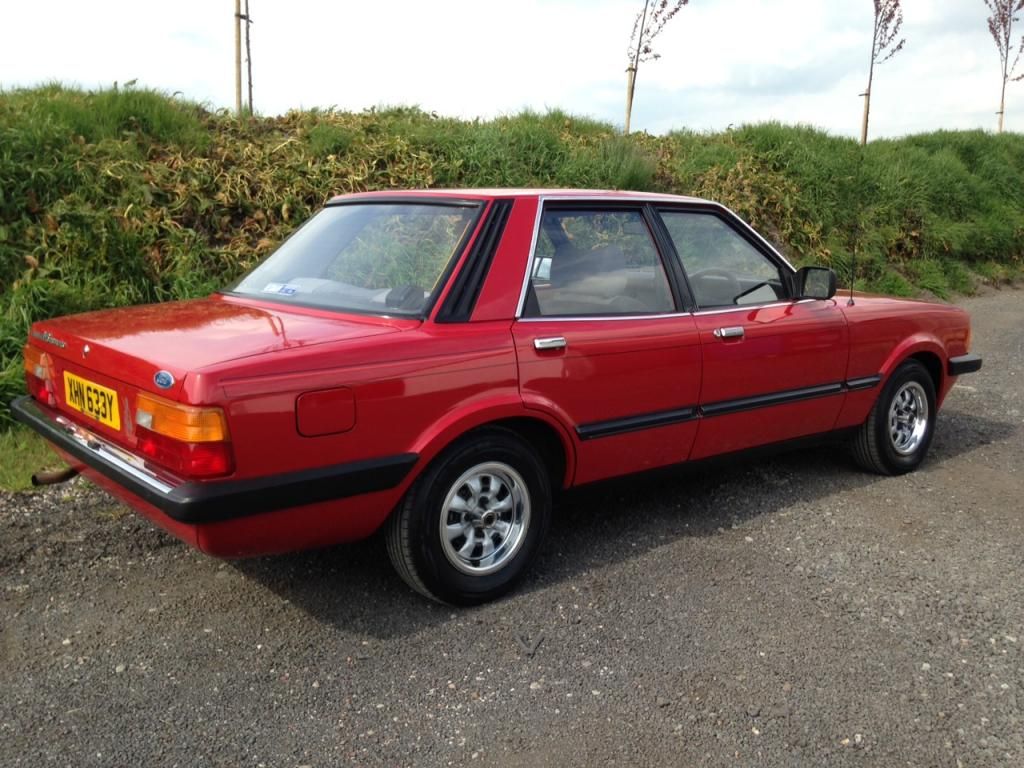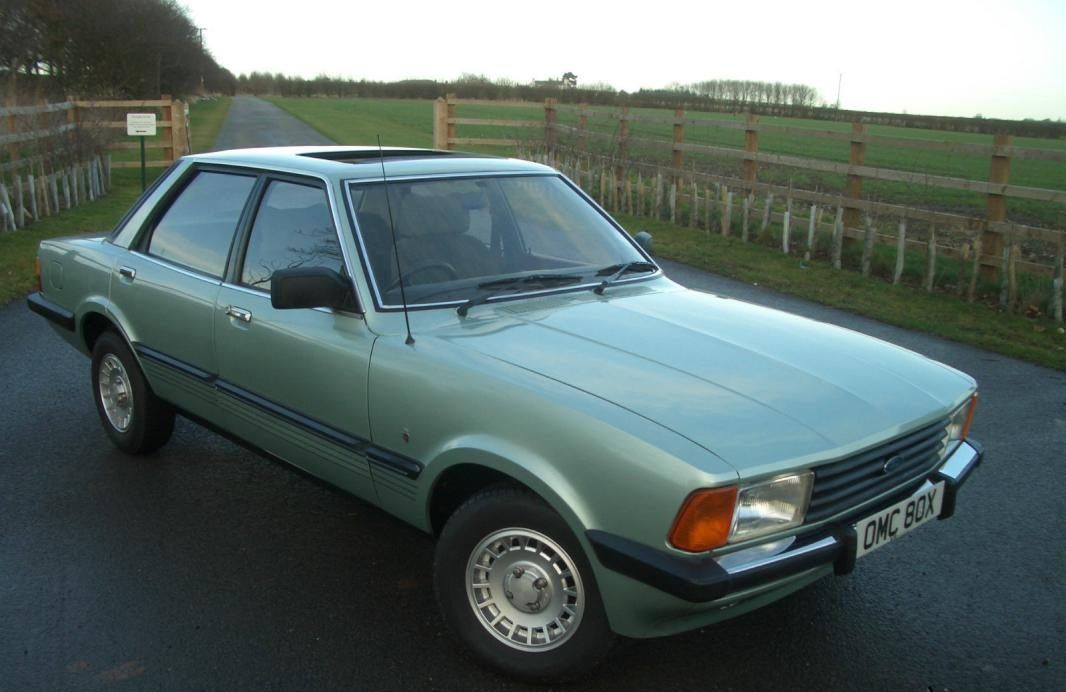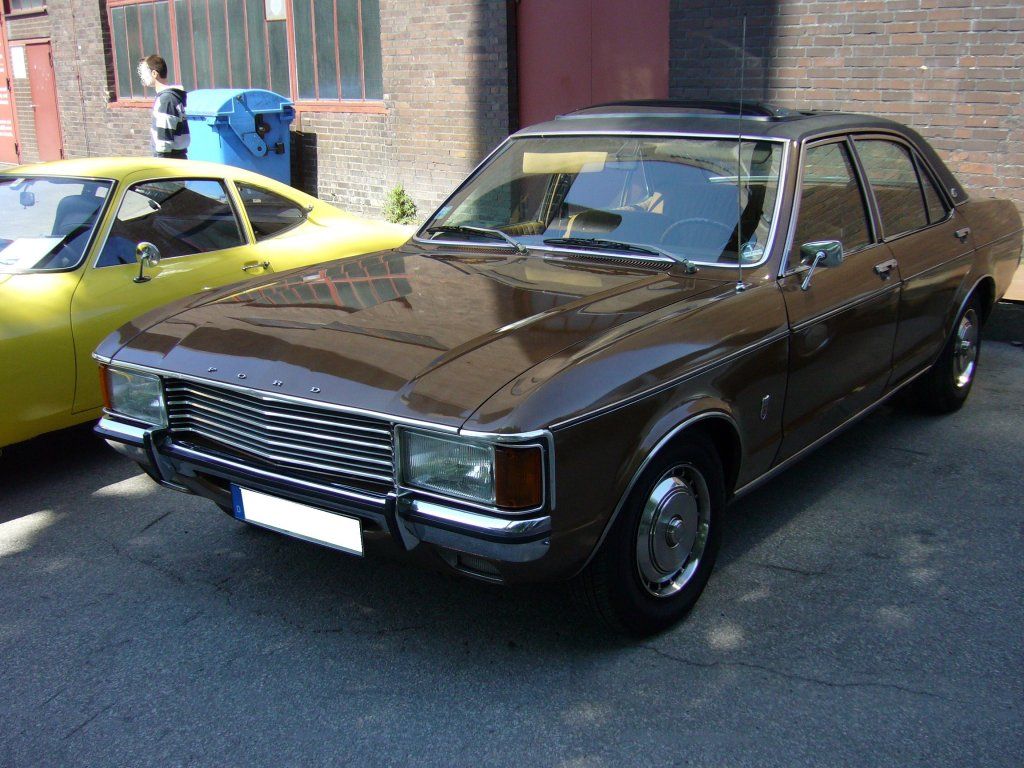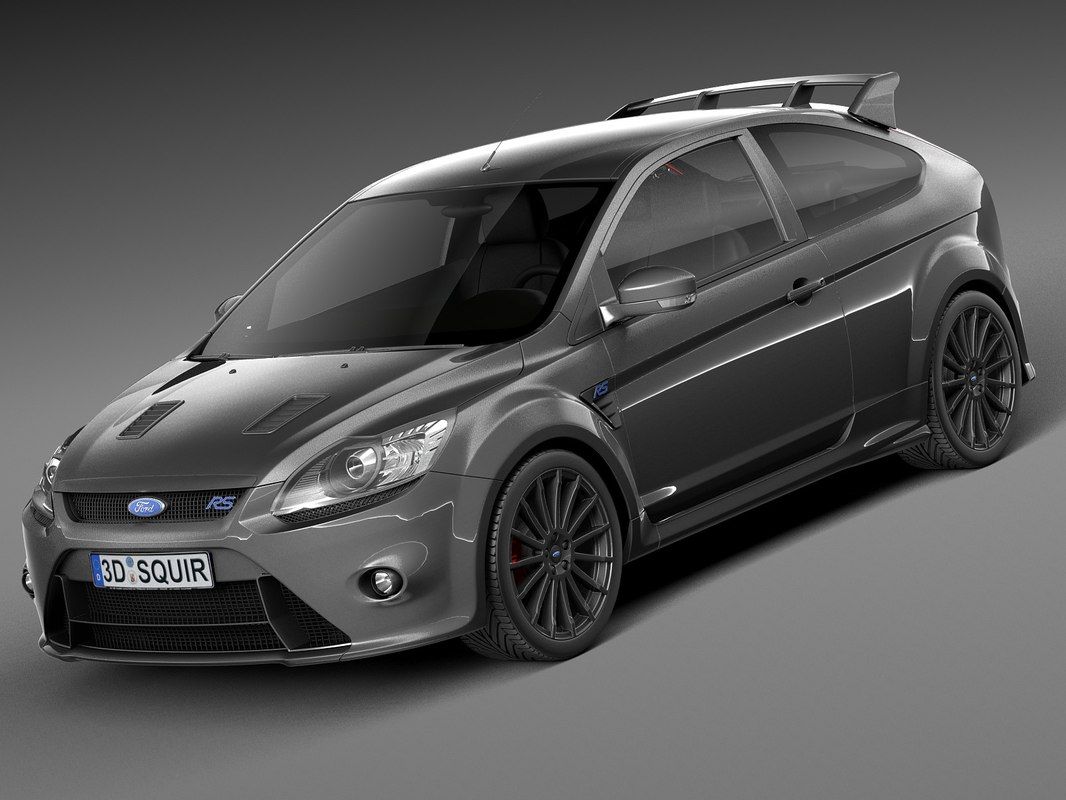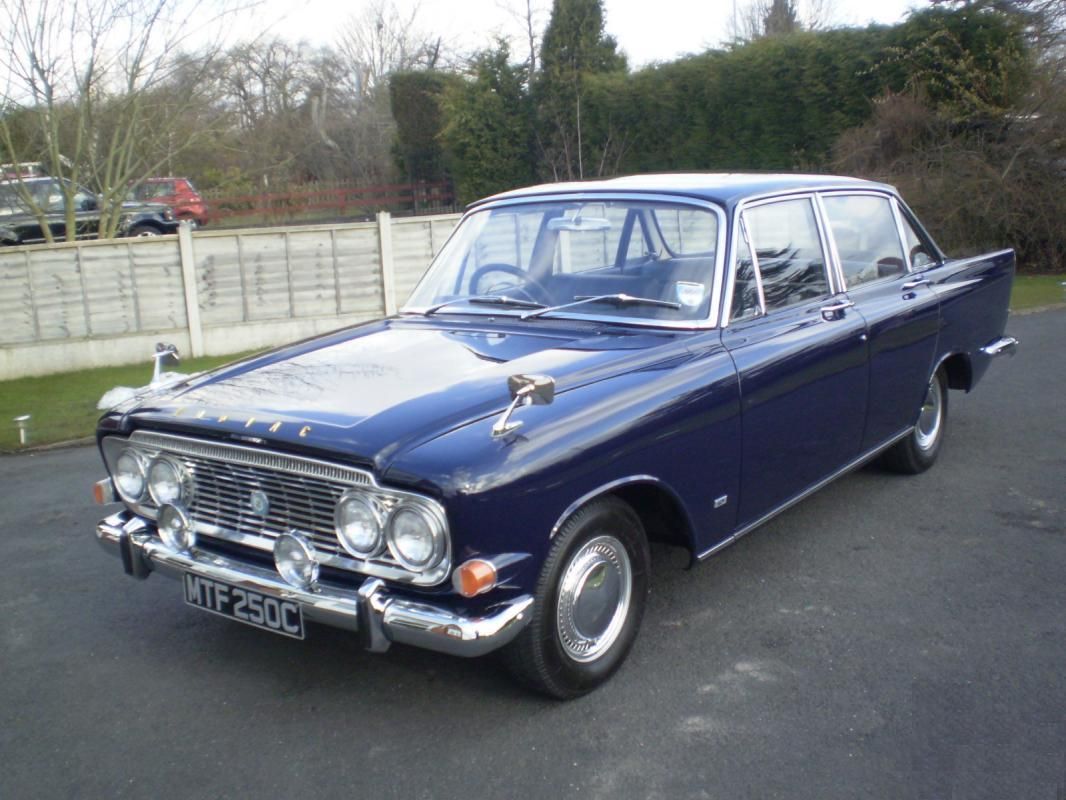It's the dream of any business owner to be able to create a brand that's internationally renowned. It's no easy feat because every market has its own characteristics and intricacies that make it difficult. One of the most difficult markets to be successful in globally is the automobile market. There are some companies who've been able to do it well and the Ford Motor Company is one of them.
The Ford Motor Company has been a cornerstone of the US auto industry. They're a brand that's known the world over, and the blue oval is familiar in all corners of the world. This company traces its beginnings all the way back to 1903, and for the last 115 years, they've been trendsetters and one of the "Big 3" in the United States. From the early stages, taking their brand overseas was always a goal of Henry Ford.
This international goal would be realized early in the history of the Ford Motor Company. They began exporting cars in 1903, and they never looked back. Many don't realize that there's a major presence of Ford in the United Kingdom and throughout Europe. They have enough of a presence and created enough of a reputation in the United Kingdom and the rest of Europe that they have a secret warehouse to hold some of their rarest and most successful European cars. Here are 20 facts about the factory and the cars that are kept hidden behind these doors.
20 Ford's Beginnings in England
Percival Lea Dewhurst Perry sparked a friendship with Henry Ford, which led to major moves for both men. Perry was the man that Ford appointed to begin Ford's presence in the United Kingdom.
The Ford Motor Company (England) Ltd. was officially established in 1909, with the factory being located in Dagenham, a town in East London.
The first Ford dealership was established a year later in 1910, and the first office was set up in London in 1911. By the 1930s, England was established as Ford's 2nd largest market in the world.
19 Ford Sierra RS Cosworth
The Cosworth Company established a reputation for themselves in the rally racing world. This is one of the many cars that they would join with Ford to create for the European market that loved their rally cars. This car started out as the basic Ford Sierra, and it received an improved body (signature rear spoiler) and better handling. This car was produced from 1986 to 1992 with a 2.0-liter inline 4-cylinder turbo that produced 204 horsepower that had the ability to be upgraded to handle more.
18 The Dagenham Factory
The memory and history of Ford in rally racing are kept enshrined in the secret warehouse at the Dagenham factory. Ford was a major player in the '60s and '70s and well into the '80s. There are numerous cars like the rear-wheel-drive MK1 and MK2 Escorts in the warehouse. The Escort is among one of the most successful rally cars in history. There's also the MK2 RS 1800 that won the 1977 RAC Rally. Most people aren't aware of this Ford history, but they make sure to keep it alive and well in this secret warehouse.
17 Ford Escort RS Cosworth
This car rolled out of the factory in Dagenham from 1992 until 1996 and is 1 of the 4 cars that Ford and Cosworth produced together between 1986 and 1996. It was based on the mechanics of the Sierra that we discussed previously but with some minor improvements. This was another inline 4-cylinder turbocharged vehicle, but this one came with 4-wheel drive and 225 horsepower. This car was the basis for the cars that would compete in multiple World Rally Championships from 1993 to 1997.
16 The Factory Strike of 1968
The 1960s was a decade of change all over the world. It was a post-war time when people were creating a new world and new gender roles. In 1968, 187 female seamstresses who worked as seat-cover machinists walked out of work in protest. They wanted their work to be seen as skilled work, which would allow them to be paid the same as their male colleagues and counterparts. This strike would lead to a domino effect and would inspire women all over the United Kingdom. Ultimately, the Equal Pay Act would be enacted in 1970.
15 1977 Ford Fiesta
Henry Ford II personally picked the name for this car.
The production of this car began in 1976 in Ford's factory in Spain and was made available for purchase in early 1977.
At the time, the Escort was the smallest car that Ford produced for the European market, so they knew that this venture was going to be somewhat of a risk. Luckily for Ford, that risk would pay off. Since its inception, the Fiesta has been sold for over 40 years in the United Kingdom and has sold over 4.5 million vehicles.
14 Blast From The Past
From the cars in the warehouse to the interior of the Heritage Center in Dagenham, it's a place untouched by time. The meeting rooms look like they haven't been changed or redone since the mid-1960s. All over the shelves, there are model cars of the different cars that came out of the factory, and there are books on the bookshelves about the history of Ford. Though it's thousands of miles from Michigan, it's another place in the world that pays its respects to the world-famous brand and the great Henry Ford, to whom it all goes back in the end.
13 1983 Fiesta MK2
This Fiesta was built to replace the MK1 and was in production from 1983 to 1989. It was redesigned with a fresh interior, front end, and under-the-hood upgrades. It had two different body styles available for purchase: the 3-door hatchback and the 3-door panel van. It had a 1.6-liter diesel option, and it was the first 5-speed manual mini. It had an incredible 43 miles per gallon and reached speeds of 86 miles per hour, an increase of 5 miles per hour over the MK1. This model was a fresh look for the already widely popular Ford Fiesta.
12 1984 Ford Fiesta MK2 XR2
This was just another redo, expansion, and version of the Fiesta. This model launched in June of 1984, and this was produced in the Ford factory in Cologne, Germany.
It came with the 1.6-liter 4-cylinder, which produced 95 horsepower.
It was a continuation of the 5-speed manual transmission as well. One of the comments that drivers made about this car was that although it wasn't very fast, it took corners like a go-kart. This was a car that was fun to drive as far as handling experience was concerned.
11 Ford RS200
The 1980s is considered, arguably, to be the height of rally racing in Europe. There were 200 of these RS 200s that were made for street-legal driving from 1984 to 1986. The Cosworth engine was a 1.8-liter turbocharged engine that got 250 horsepower, and the suspension was 4-wheel drive. They were considering adapting an Escort for their Group B aspirations, but instead, they decided to create something new. One of the reasons why this car didn't last long in the streets was because of the type of income you had to have in order to own one of them.
10 Group B RS 200
The RS 200 that was created to race Group B was very different from the street-legal RS 200. Ghia was contracted to create the custom chassis and roll cage, and Reliant (yes, the Reliant that you're thinking of) built the all fiberglass body. The Group B RS 200 was getting anywhere between 380 and 450 horsepower and would make its debut in 1986. After tragic happenings at a couple of races, Group B was canceled, and the full potential of the RS 200 was never realized.
9 Ford Anglia 105E
Does it look familiar, but you can't quite put your finger on it? I'll give you a hint: Harry Potter. The flying car that Harry and Ron take to school is a Ford Anglia 105E. These cars were produced from 1959 to 1967. They had an Americanized look to them because of Ford US designer Elwood Engel, who was a big part of the project. It was a whole new look for cars in the United Kingdom and Europe for that time. He was also involved in the extensive wind-tunnel testing that these cars went through.
8 Ford Escort Mexico
This was a special-edition MK1 Escort that paid homage to a special rally win. The Escort was a staple in the rally world—and a successful one at that in the late 1960s and early 1970s. This edition of the Escort was dedicated to one of the car's greatest wins in the London to Mexico World Cup Rally in 1970. In the race, the car was driven by Hannu Mikkola and Gunnar Palm. In the US, we're so used to NASCAR racing that it's different to hear of Ford being a big part of the rally world.
7 1982 Ford Capri 280 Brooklands
This car was designed with the idea of it being the "Mustang of Europe," fitting considering that Phillip Clark was part of the design team, and Clark was also one of the designers of the Mustang.
It was a 2.8-liter V6 160-horsepower fastback. This was another one of those cars that were very different from what they were used to seeing driven throughout the UK and Europe.
It's a rare car because it was the last model of the Capri before it was discontinued. There were only 1,038 of them produced, and it gets the Brooklands distinction because of the Brooklands green color that it came in.
6 Ford Thames 307E
This car was originally introduced in 1961 and would be produced until November of 1967. In 1965, the name of the van was changed to the "Anglia" van because that was the basis of the design from the beginning. There were over 200,000 of them produced in 2 different versions. The 7 cwt was distinguished from the 5 cwt by the bright mesh-metal front grille. The cwt designated the amount of weight that could be carried in the cargo area. The left-hand drive models that were exported out of the United Kingdom were known as the "308E."
5 1982 Ford Cortina Crusader
The Ford Cortina was produced from 1962 to 1982 and was the best-selling car in the United Kingdom from 1972 to 1981. There were 5 different generations of this car: the Mark 1 through 5, and these had numerous different trim options and various special editions. The Crusader was the final special-edition Cortina that came out in 1982 before the Cortina was discontinued. There were 30,000 of these Crusaders that rolled out of the factory and is part of the history of this model. It's another of the great cars tucked away in that secret warehouse in Dagenham.
4 Ford Cortina MK5
The Crusader was one of the special editions of the Cortina and, particularly, for the MK5. The Cortina MK5s were produced from 1979 to 1982 and had an upgraded body styling and engine from the previous MK4s. The MK5 had a 2.3-liter V6 with an electric ignition and 116 horsepower. This was an upgrade from the MK4s, which only had 108 horsepower. The MK4s were plagued with a corrosion issue that was dealt with in the design and production of the MK5s. These cars were a big part of British auto history as well as Ford auto history.
3 Ford Granada
The Ford Granada was produced from 1972 until 1994 and it's one of the rare gems that can be found in the secret warehouse.
These cars were built to be executive cars and were commonly used as police cars, taxis, and fleet cars and were even converted into limos and hearses.
These cars were originally made in the Ford Werke factory in Germany and the Dagenham factory but were moved solely to Germany in 1976. In 1985, they were known as the "Ford Scorpio" in European markets outside of England and Ireland, where they continued to be known as the "Granada."
2 2011 Ford Focus RS 500
There's a long documented history of RS (Rally Sport) cars in the United Kingdom, as there have been more than 20 of them. The first was the Escort MK1 RS 1600. This 2011 Focus RS 500 is known as "Black Beauty," and there were only 500 of them made. Only 101 of them were shipped to the United Kingdom, and one of them sits inside the warehouse. Once these cars officially went on sale, it only took 12 hours for all of them to be claimed. The 2.5-liter engine pumps out a very capable 345 horsepower and can handle its own on any road that's put in front of it.
1 Ford Zodiac
The Ford Zodiac was the luxury version of the Zephyr and was produced from 1954 to 1972. There were multiple generations of this car created as new generations of the Zephyrs were created. The Zephyrs—and thus, the Zodiacs—were the largest (in size) of the European Fords. They were high-end executive cars for Europe. In 1972, they were replaced with the Consul and the Granada. The Zephyrs and Zodiacs were produced in Australia, Ireland, the United Kingdom, New Zealand, and South Africa.
Sources: autocar.co.uk, motor1.com, roadandtrack.com

